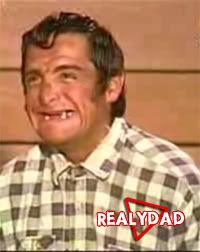• TOP 1: JUAN ESTEBAN ARISTIZABAL
VASQUEZ

He was born August 9, 1972, better known as Juanes (for the contraction of his first
and second name), is a Colombian musician who was a member of the heavy metal
band Ekhymosis and is now a solo artist. In 2000, his solo debut album Fíjate
Bien won three Latin Grammy Awards. According to his record label, Juanes has
sold more than 15 million albums worldwide.
His follow-up album, Un Dia Normal, was released in
2002 and was later certified platinum in multiple countries throughout Latin
America. Juanes' third album, Mi Sangre, which becomes an international
bestseller, managing to position well in a number of countries around the
world, achieved success due to the single "La Camisa Negra". He has
since released La Vida... Es Un Ratico
(2007) and P.A.R.C.E. (2010). On May 29, 2012 Juanes released the album Juanes MTV
Unplugged

















